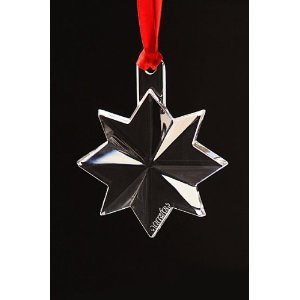As early as 1726, Lars Johan Silversparre received permission to build a furnace and a smithy at “the beautiful river that flows into Lake Orrenas”. The iron works was given the name Orrefors, which means “the Orre waterfall”.
Orrefors’ international breakthrough came at the Paris Exhibition of 1925. From the Hotel de Ville, the Town Hall of Paris, the Swedish pavilion borrowed a magnificent glass goblet designed by Simon Gate that had been presented as a gift to the City of Paris from the City of Stockholm in 1922. The goblet became a sensation, and the prestigious Grand Prix award was given to Orrefors and its designers. The glassblowers and engravers received gold medals. Many of the imposing glas objects from Orrefors were created for special occasions, or to special order. The motifs in the engraved glass of that period may seem somewhat grandiloquent today, but the technique was consummately realized through skilled craftsmanship and the light, clear quality of the glass.
The ambition for all glass from Orrefors is the highest possible quality and exquisite design. This is the same objective that applied more than eighty years ago, when Johan Ekman traveled the long road through the forest, past the quiet farms behind their stonewalls…
And if you have once traveled this road, through dark spruce forests, across the open meadows, past the stone walls, past the shining lakes and the sparking brooks, you too will understand what makes it all possible. This where the world’s most beautiful glass is created.
Product Features
- Third ornament in a series of seven. 4in x 3in
- According to Greek mythology, the seven stars of the Pleiades, or “Seven Sisters”, are seven nymphs who beseeched Zeus to rescue them from the hunter Orion. Zeus accordingly transformed them into seven doves, but the birds flew so high that they fastened in the night sky, where they remain to this day.














